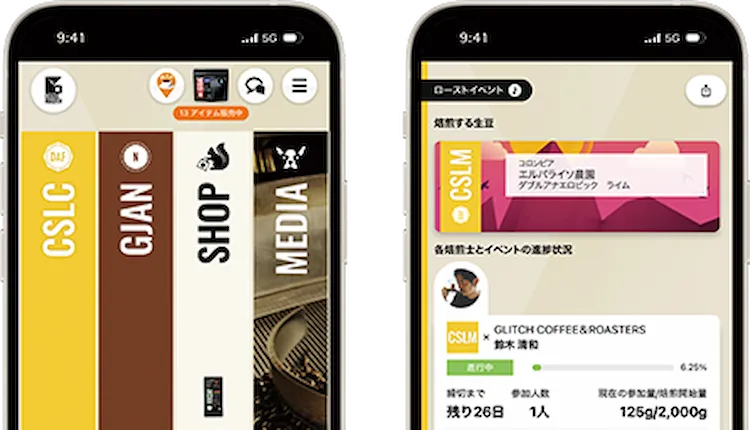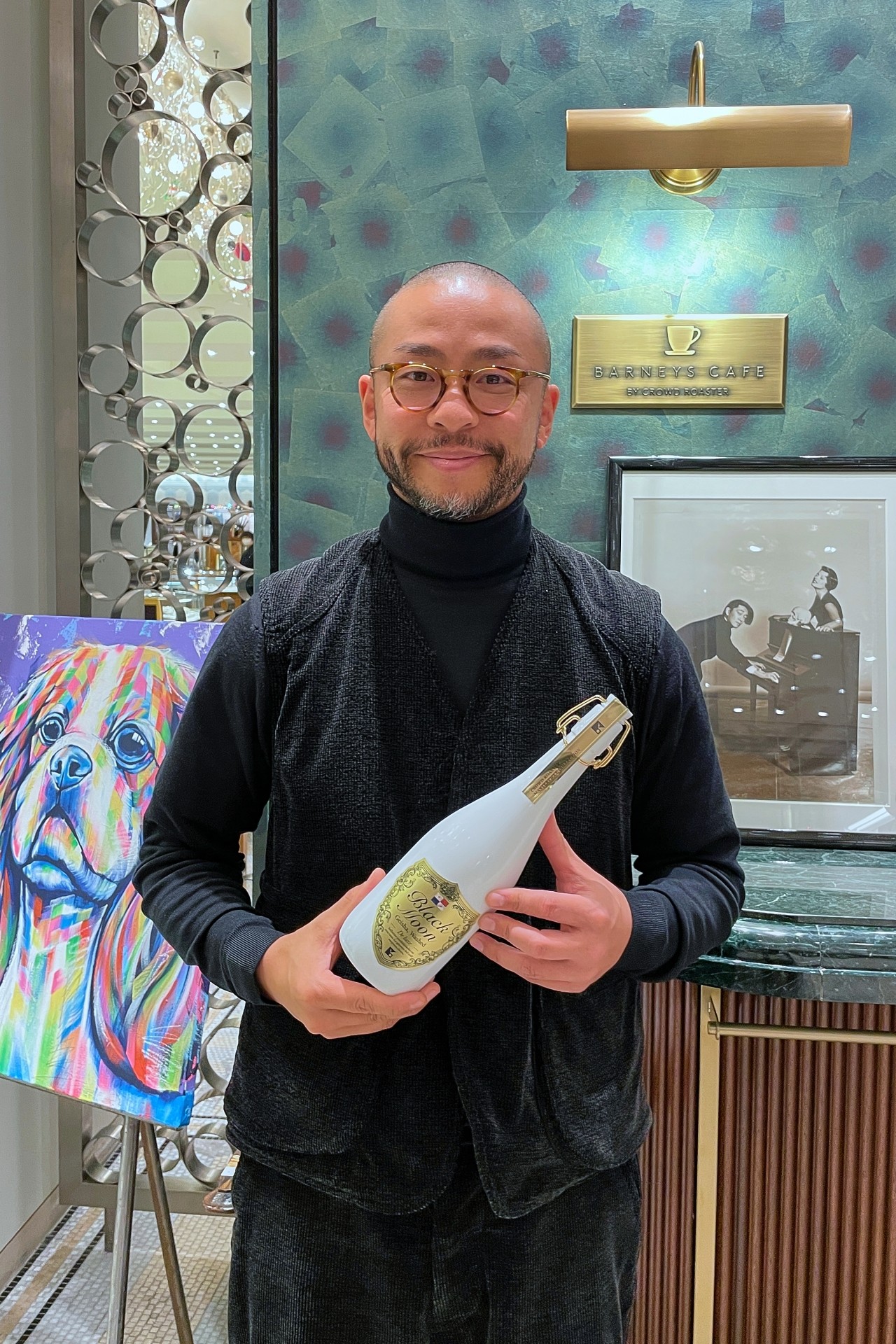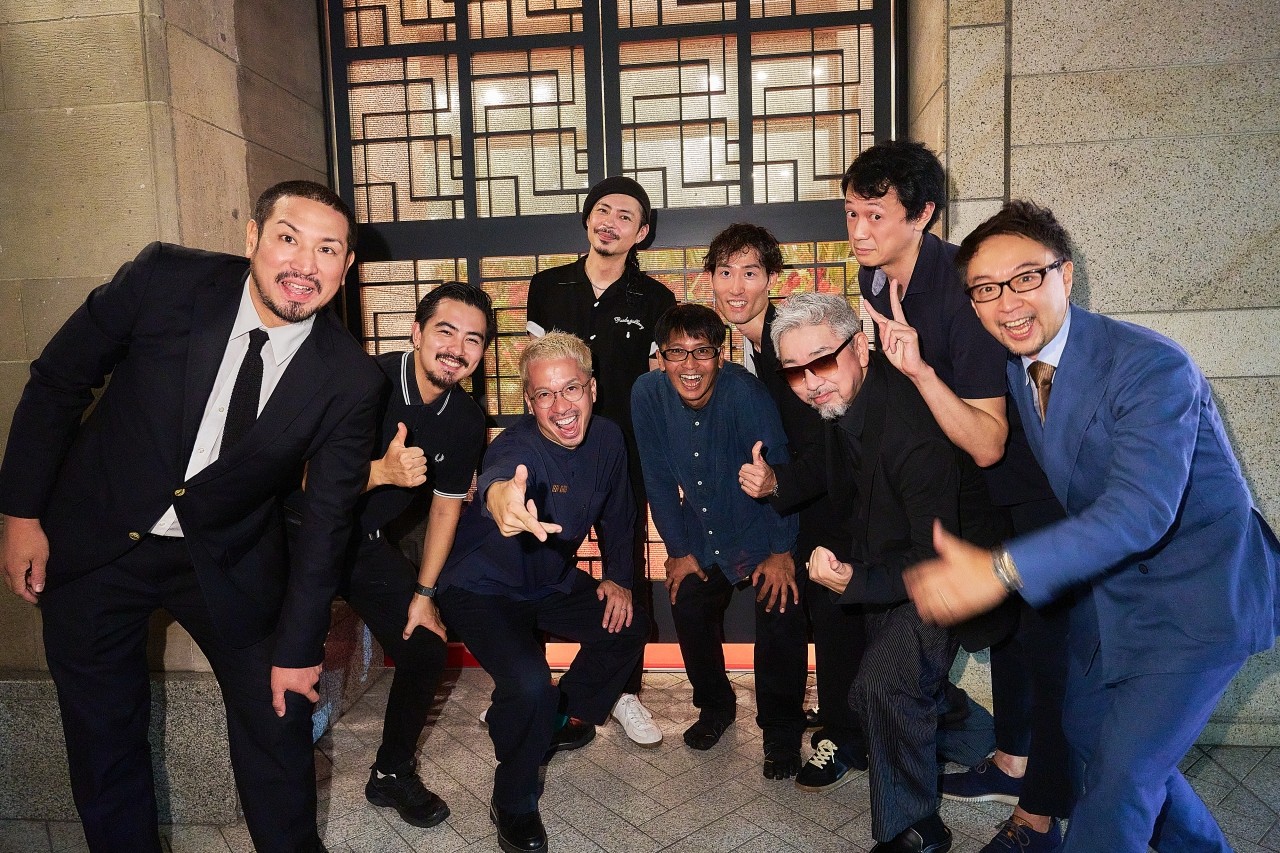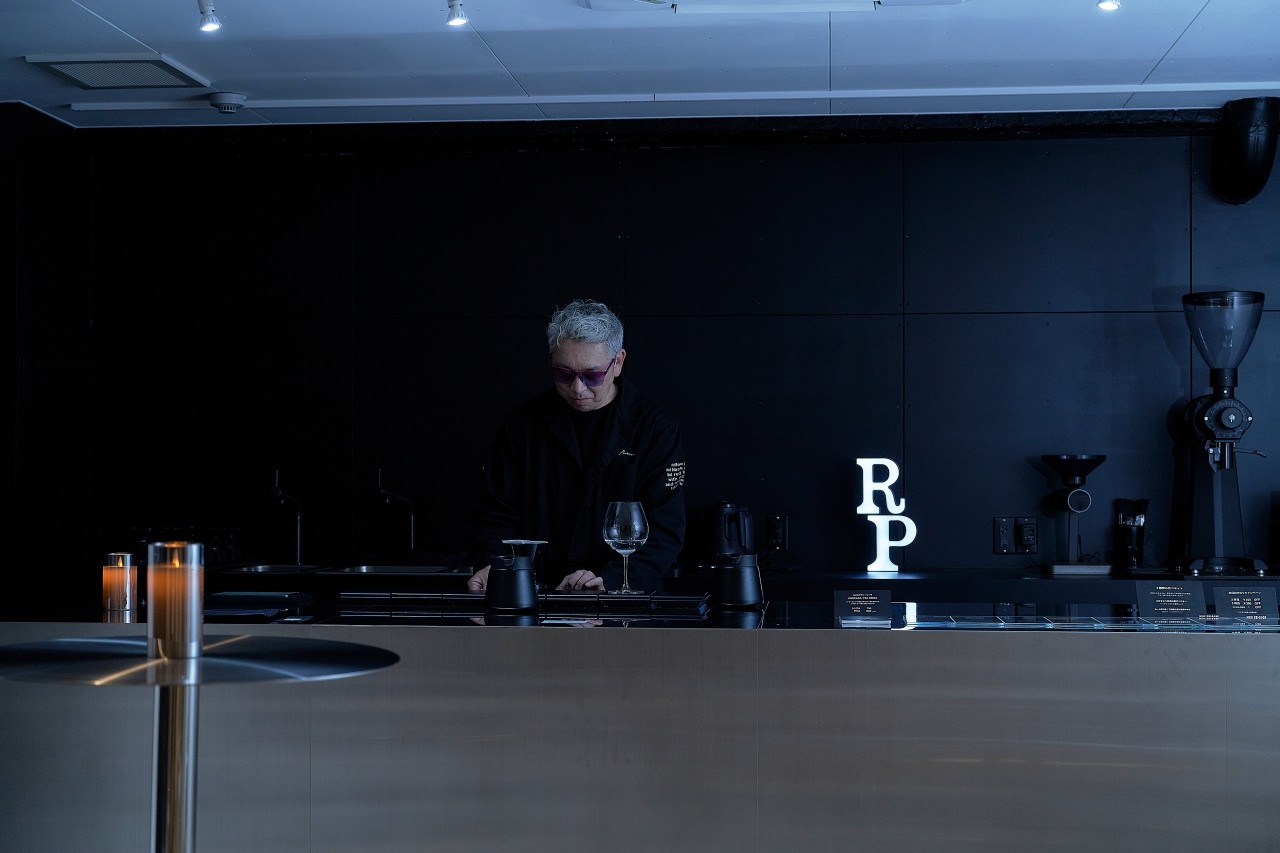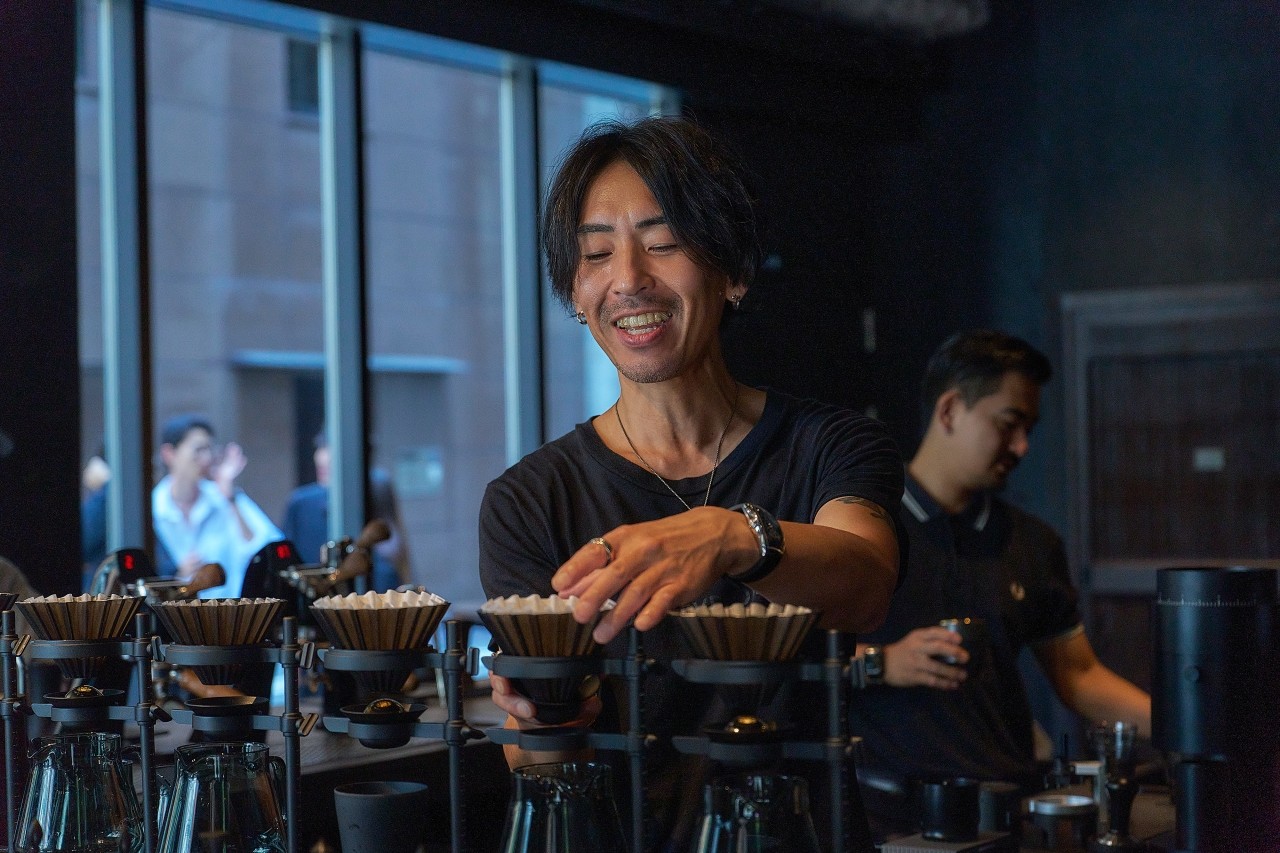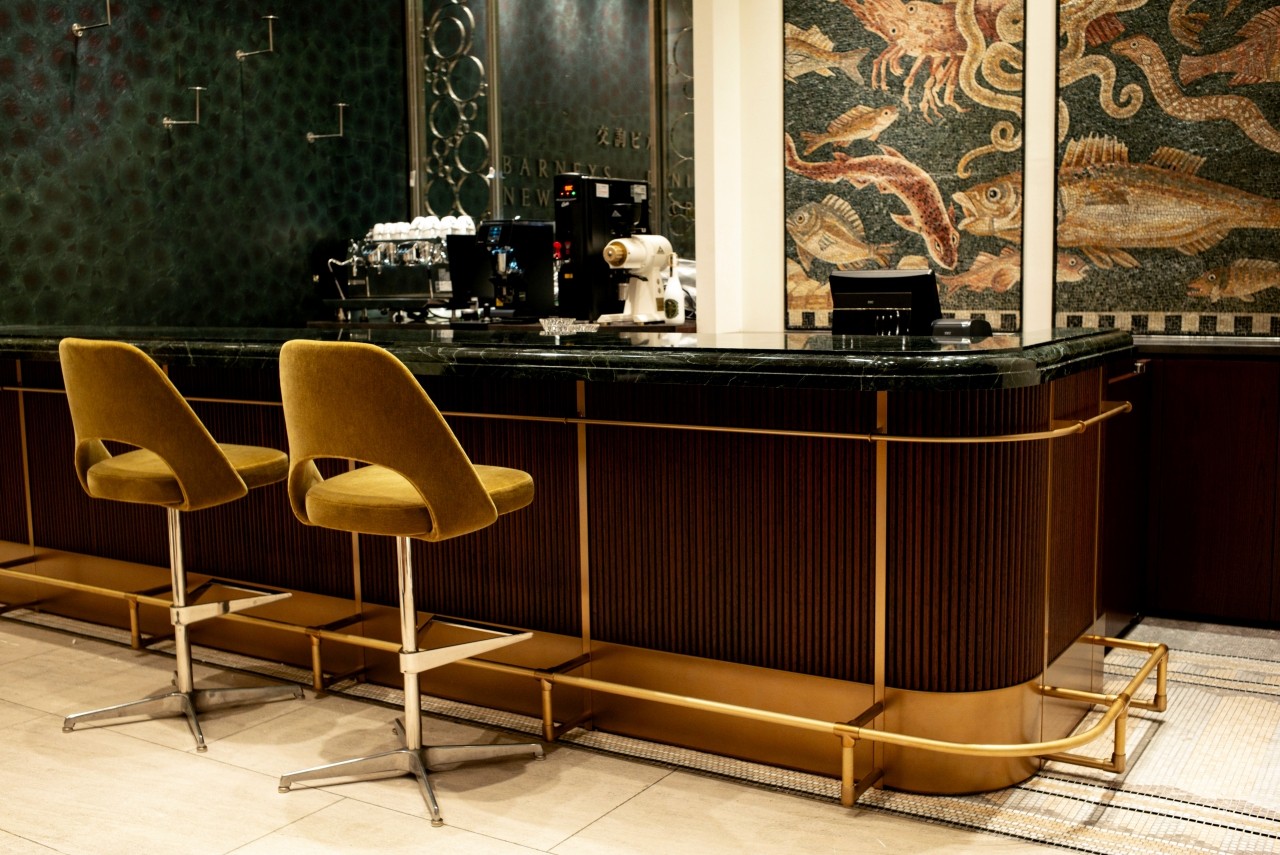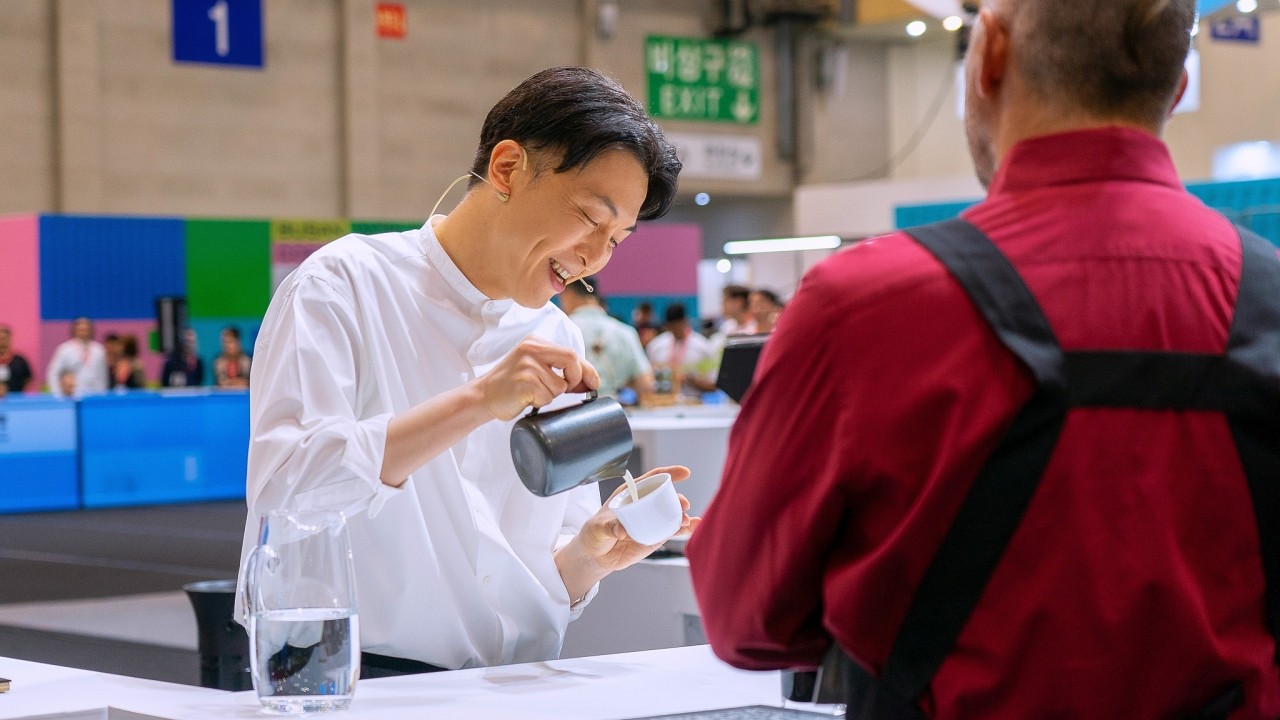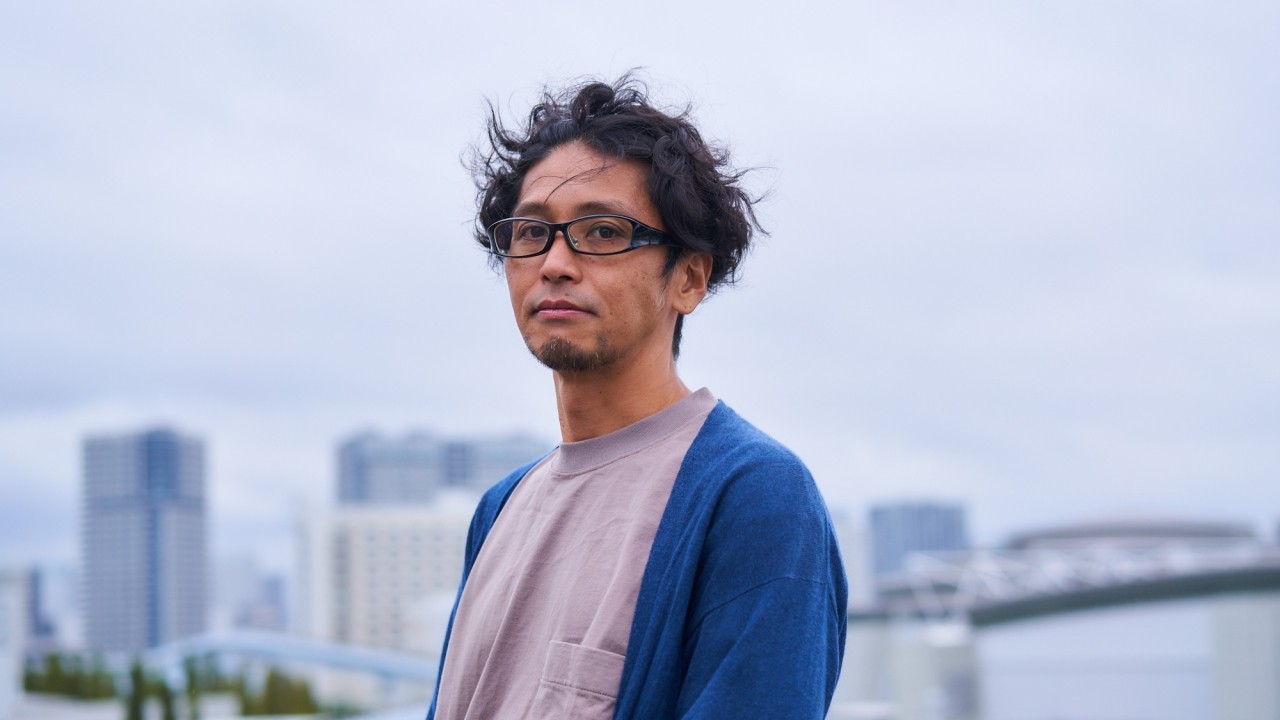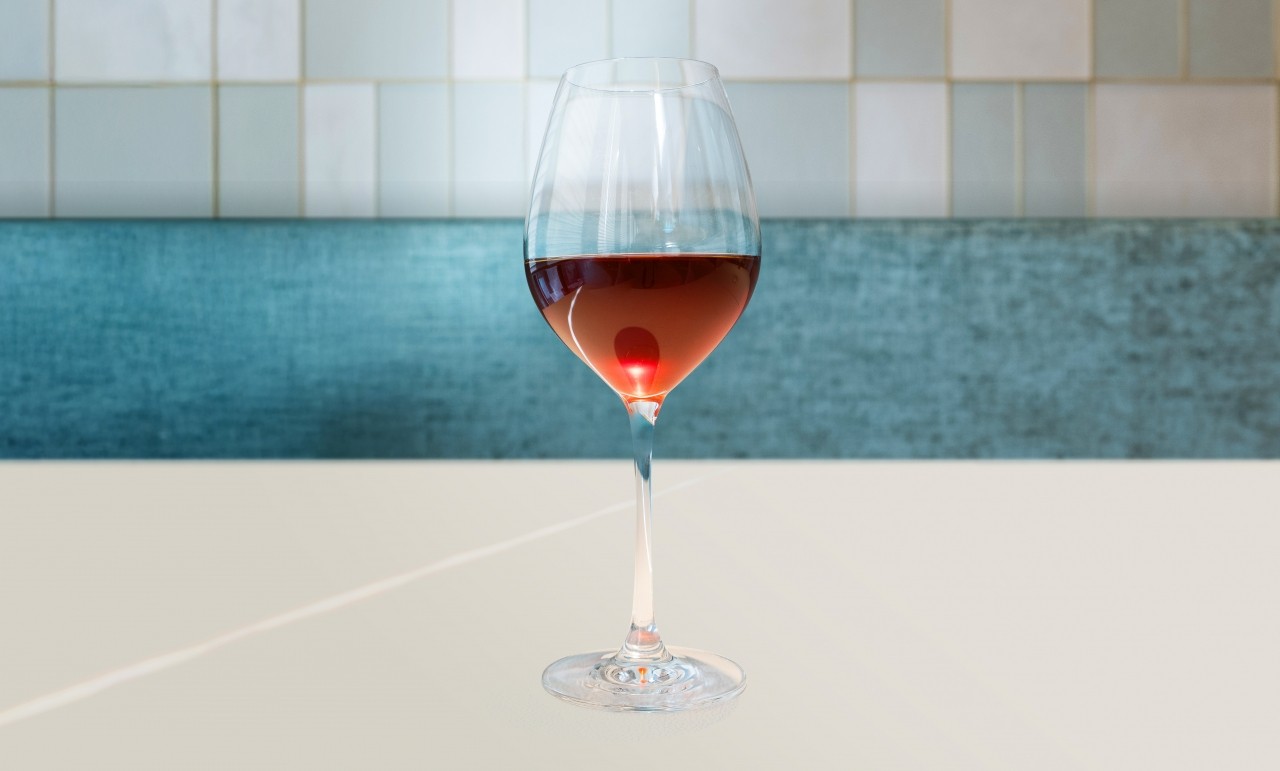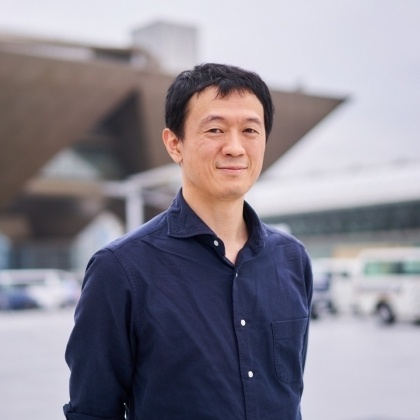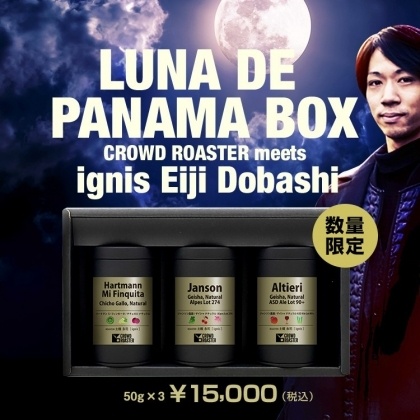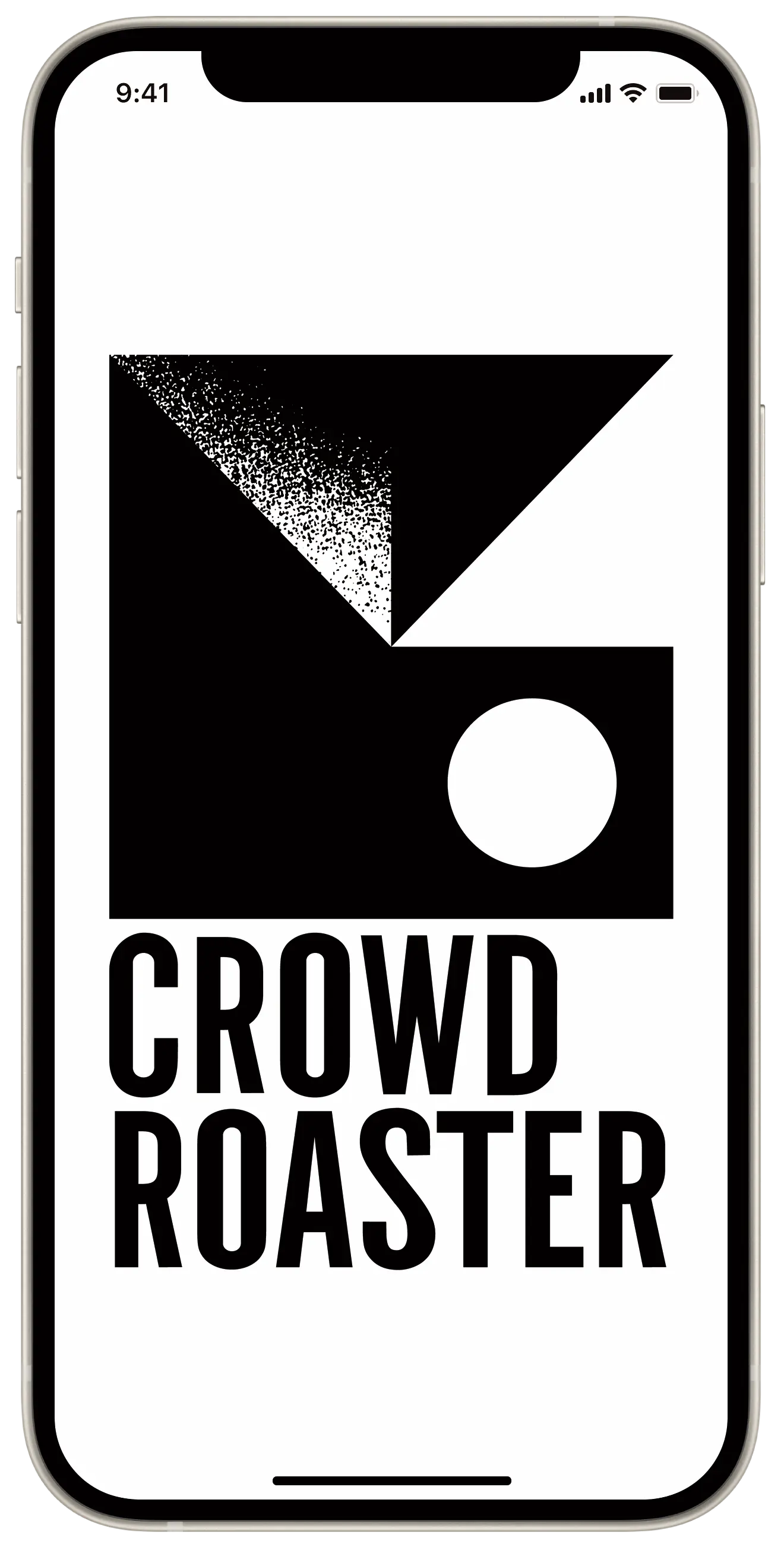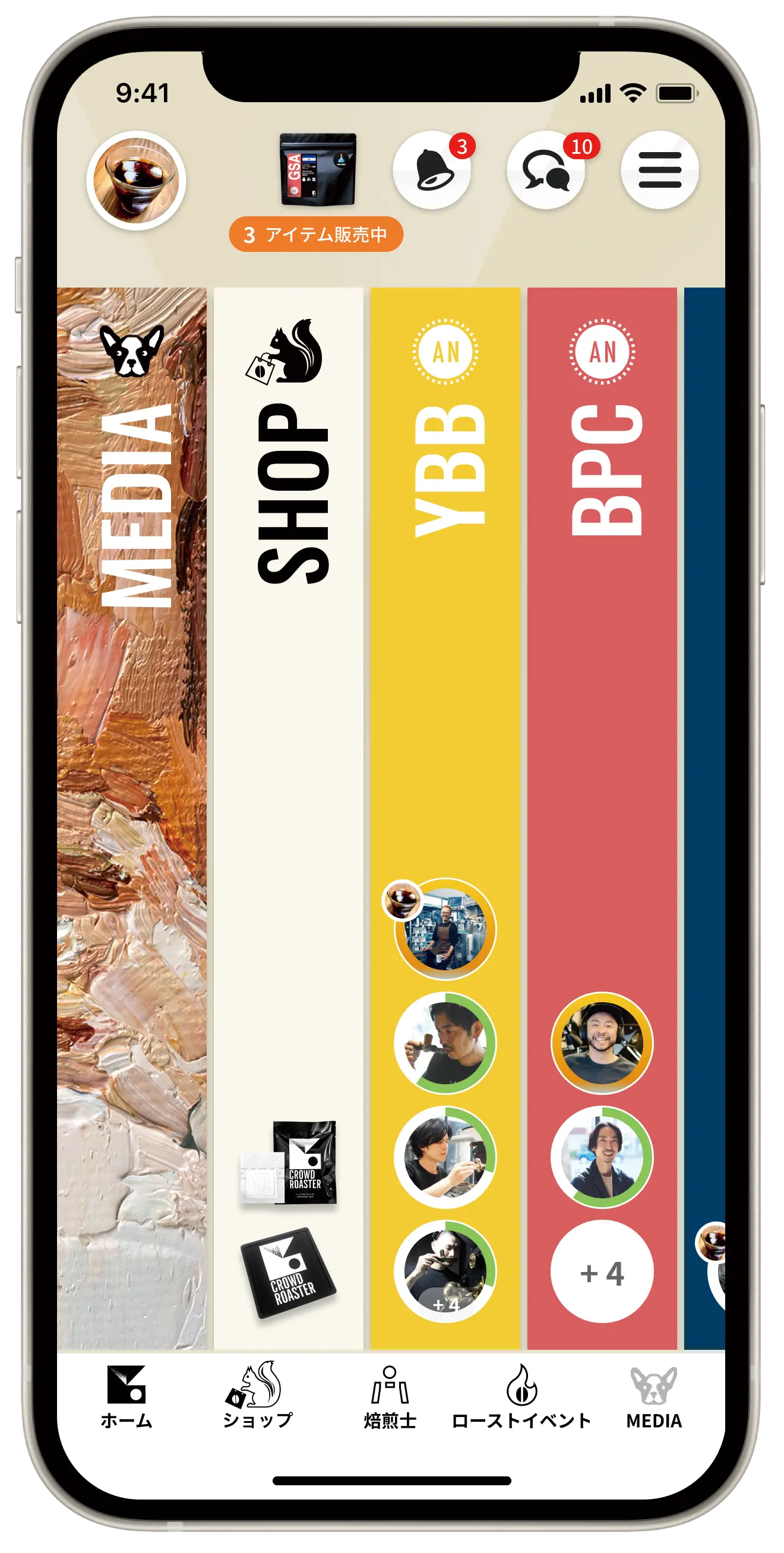What is the "pour over" method of brewing coffee?
The coffee term "pour over" is sometimes heard in Japan.
This is an extraction method.
What kind of extraction method is "pour over"?
And this time, I would like to dig deeper into this trend.

Pour Over = Pour = pour, Over = from above, and refers to the extraction method of pouring from above, in other words, ``hand drip'' in Japan. This is an extraction method that has become popular mainly on the West Coast of the United States, and is characterized by slowly and carefully extracting lightly roasted beans.
It is served at so-called third-wave coffee shops.
Pour over featured in the New York Times
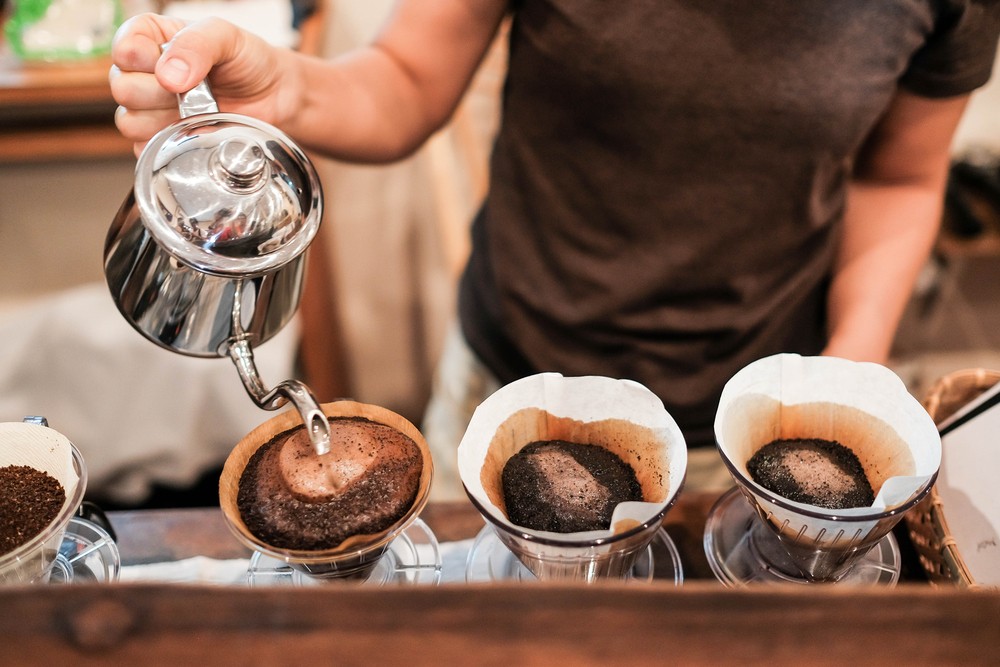
An article in "The New York Times" from March 2011 introduced that it was also called Pour Over, or simply Pour, or Hand Pour. They all have the same meaning.
The article notes that by 2009, coffee shops such as Blue Bottle Coffee, Ritual Coffee Roasters in San Francisco, Intelligentsia in Chicago and Los Angeles, and Barismo in Arlington, Massachusetts, will be equipped with Japanese pour-over coffee equipment. It is written that it was done.
In 2010, Hario kettles, grinders, filters, drippers, etc. began to be sold at Williams-Sonoma, a select shop with stores all over the United States that focuses on kitchenware, making them available to American households as well. It introduces what led to the spread of pour-overs.
The article notes that by 2009, coffee shops such as Blue Bottle Coffee, Ritual Coffee Roasters in San Francisco, Intelligentsia in Chicago and Los Angeles, and Barismo in Arlington, Massachusetts, will be equipped with Japanese pour-over coffee equipment. It is written that it was done.
In 2010, Hario kettles, grinders, filters, drippers, etc. began to be sold at Williams-Sonoma, a select shop with stores all over the United States that focuses on kitchenware, making them available to American households as well. It introduces what led to the spread of pour-overs.
Pour over has its roots in Japan

In the United States, when we think of non-instant coffee, we usually think of something made with a coffee machine or an espresso machine.
Then, Pour Over, which was ``discovered'' from Japan, appeared.
Hand-drip coffee, which had undergone a unique evolution in Japan, was something new to America's emerging coffee shops.
The taste also matched what they were aiming for. The complexity of the flavor of each region and variety is expressed in the cup, with a smooth texture and a clear, lingering finish. Fascinated by this kind of coffee, the brewing method called pour-over was adopted.
It has also become known that the balance of flavor changes depending on the equipment used, so it is fun to choose. For example, Hario's V60 tends to be more delicate and transparent, while Kalita's Wave Dripper tends to have a sweet and mellow balance. It is now known that not only paper filters but also metal filters and flannel filter devices have their own characteristics.
By the way, the Japanese word "drip" in English refers to dripping of liquid, and is rarely used in relation to coffee.
Hand-drip coffee, which had undergone a unique evolution in Japan, was something new to America's emerging coffee shops.
The taste also matched what they were aiming for. The complexity of the flavor of each region and variety is expressed in the cup, with a smooth texture and a clear, lingering finish. Fascinated by this kind of coffee, the brewing method called pour-over was adopted.
It has also become known that the balance of flavor changes depending on the equipment used, so it is fun to choose. For example, Hario's V60 tends to be more delicate and transparent, while Kalita's Wave Dripper tends to have a sweet and mellow balance. It is now known that not only paper filters but also metal filters and flannel filter devices have their own characteristics.
By the way, the Japanese word "drip" in English refers to dripping of liquid, and is rarely used in relation to coffee.
What is it called in Europe?
Now, another name for these brewing methods is "filter coffee."
In some European countries, such as France, coffee that does not use an espresso machine, such as hand drip coffee, siphon coffee, and aeropress coffee, is collectively called filter coffee (cafe filtre in French).
In some European countries, such as France, coffee that does not use an espresso machine, such as hand drip coffee, siphon coffee, and aeropress coffee, is collectively called filter coffee (cafe filtre in French).
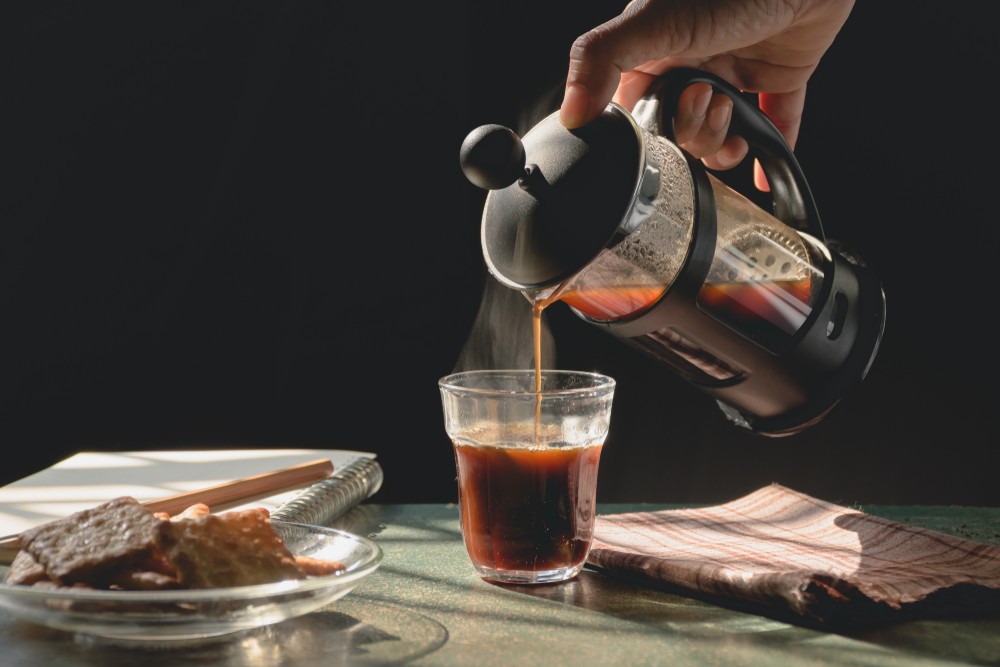
By the way, in France, the most widespread extraction method other than espresso is the coffee press, which is called the French press in countries other than France.
In European countries, there doesn't seem to be a term that specifically refers to hand drip, but the origin of penetrating drip is said to be the French "de Velor pot", and the person who first invented the paper filter was It was Melita from Germany.
Western Europe can truly be said to be the birthplace of hand drip.
From there, it was introduced to Japan (via the United States), and then it was re-imported to the United States, where it once again became an extraction method that attracted attention in Europe and the United States.
The simplest and most profound pour-over is hand drip.
CROWD ROASTER also introduces various recipes, so please take a look.
2024.1.21
CROWD ROASTER
If you want to enjoy coffee more deeply
" CROWD ROASTER APP"
Manabu at CROWD ROASTER LOUNGE
・Push notifications for article updates・Full of original articles exclusive to CROWD ROASTER
・Direct links to detailed information about green beans and roasters
App-only features
- Choose green beans and roasters to create and participate in roasting events・CROWD ROASTER SHOP: Everything from beans to equipment is readily available
・GPS-linked coffee map function
